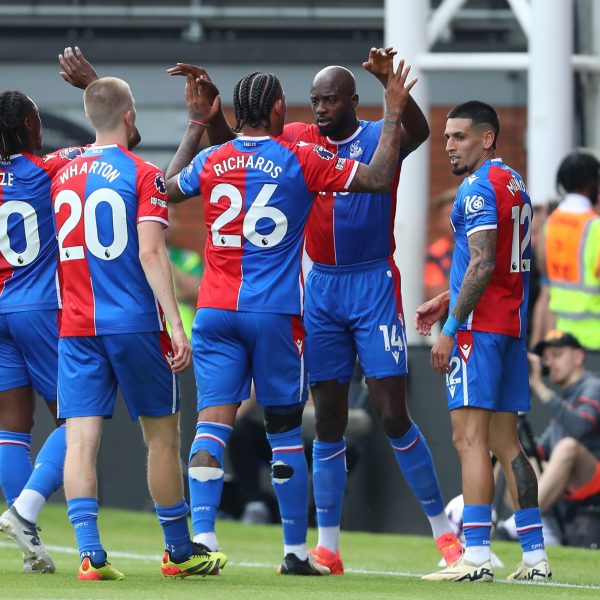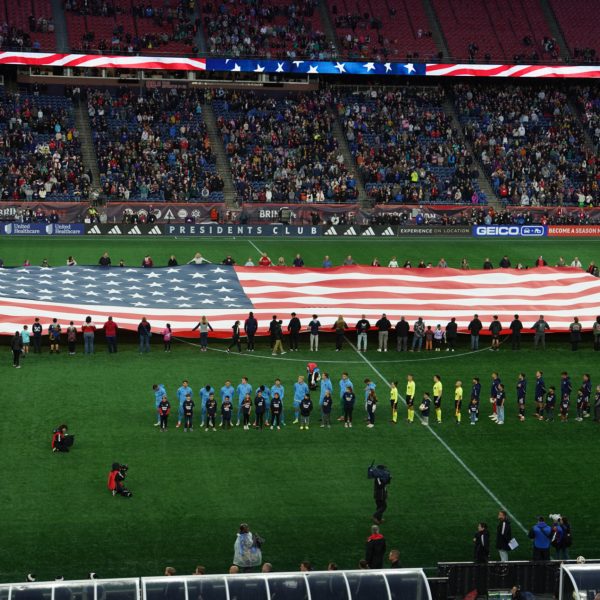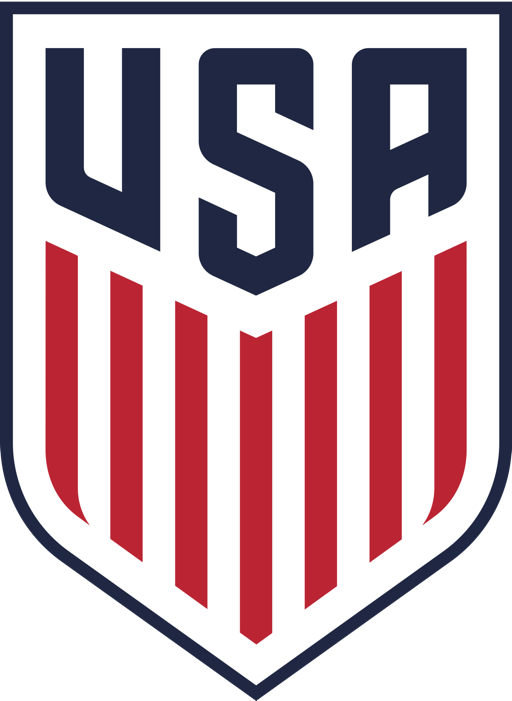A conversation with the Philadelphia Union and Fox Sports play-by-play voice JP Dellacamera who is now part of the new MASL leadership.
Q&A: JP Dellacamera
By Clemente Lisi – NEW YORK, NY (Sep 6, 2021) US Soccer Players – Soccer has seen tremendous growth in this country over the last 30 years, and the soundtrack during that time has been the voice of JP Dellacamera. He has called 15 World Cups, nine men’s and six women’s, on TV and radio starting in 1986 with ESPN. Dellacamera wears many hats as the voice of the Philadelphia Union, a job he’s had since 2010, and continues to work for Fox Sports.
This past June, the 69-year-old Dellacamera picked up another role, an administrative one, with the Major Arena Soccer League. The league announced that Dellacamera, along with Keith Tozer and Shep Messing, would lead the national indoor league that includes such storied franchises as the Baltimore Blast, San Diego Sockers, and Dallas Sidekicks.
Anyone who grew up watching the original MISL in the 1980s will remember those teams and perhaps Dellacamera himself. He called indoor games for ESPN in those days. The MASL is aiming to grow the indoor game once again. Familiar names like former USMNT players Landon Donovan and Jermaine Jones played in the league as recently as 2019.
Tozer, a former MISL player and coach, will serve as MASL commissioner, while Messing, the former New York Cosmos goalkeeper who also played for the MISL’s New York Arrows, fills the role as the league’s first chairman. The new season will run from late November through next April, followed by playoffs.
We recently caught up with Dellacamera, where we discussed the MASL, the league’s plans for growth, and his decades-long work as a broadcaster.
What is your current role with the MASL and how did it come about?
My title is president of communications and media. I’m in charge of everything that comes under that. That’s my background. That’s my area. How did it come about? The three of us (Tozer and Messing) are friends. We saw that the MASL was seeking a new commissioner so we all decided to apply for the job as a trio. We thought the three of us or none of us. The initial response was that we didn’t get one. We got an email thanking us for our interest. A few weeks later, someone on the MASL side made a phone call. They interviewed us and asked lots of great questions. Three or four Zoom calls later and we were hired.
What’s the biggest challenge for indoor soccer in this country?
There is room for indoor, outdoor, futsal, men and women’s soccer – it doesn’t matter. It’s all good for soccer every time someone writes an article about soccer or mentions it on a podcast. It all promotes soccer. Anything that promotes soccer is good for the MASL. Younger people would not believe it that indoor soccer was a big deal in the 1980s. There was no MLS back then, and the NASL was dying. There was no way, legally at least, to watch games from other countries in those days. Part of the glory days of the MISL at the time was about being at the right place, at the right time.
How does the MASL hope to grow and is bringing in former MLS players an option?
We’re realistic. We don’t think it’s going back to the way it was in the ‘80s. We can grow this sport. That’s why ownership brought us in. I want to improve our league by 20 to 30 percent in every area of our operation. The key word is progress on and off the field. There are MLS players looking to retire, keep getting traded, or suffering injuries. Maybe they want to play in their hometowns. Some players in MLS are getting out way too early, and they can still give to the game. That’s where we could come in. We also need to focus on reserve teams, academies, all that stuff.
Many former US players are getting into broadcasting. What are your thoughts on that?
I think from an analyst point of view, having more former players getting into broadcasting is a very good thing. The hardest thing, they will tell you, is being critical of former teammates and friends. We see more of them getting into it compared to coaching. I say the more, the merrier.
What’s the biggest game you have ever called involving the US team?
I’m always asked that question, and I always give two answers – the 1989 World Cup qualifier with the (Paul) Caligiuri goal in Trinidad and the 1999 Women’s World Cup final. I remember walking around the day before the game in Trinidad and seeing houses painted red. Fans in the US paint their faces for a game, but not their house or car. They believed they would get a result since they only needed a draw to qualify for their first World Cup. Of course, that didn’t happen. The Caligiuri goal was important because it set in motion events that helped grow the sport.
How important is it for the US to qualify for next year’s World Cup?
It’s vital that they qualify. I can’t stress enough the importance of this. This is the most talented team I have seen since I’ve been broadcasting US games, even stronger than in 2002. Players like (Christian) Pulisic, (Weston) McKennie, (Serginho) Dest and (Gio) Reyna – and the list goes on and on – are just remarkable. I think the future is bright for this team.
Clemente Lisi is a regular contributor to US Soccer Players. He is also the author of A History of the World Cup: 1930-2018.






